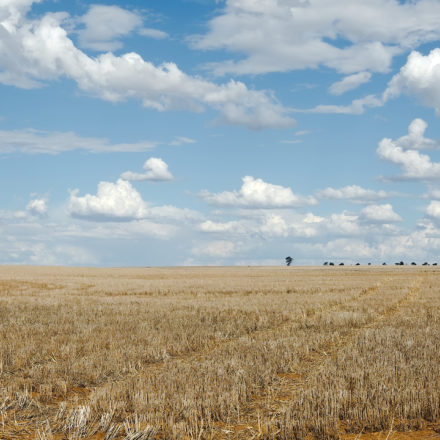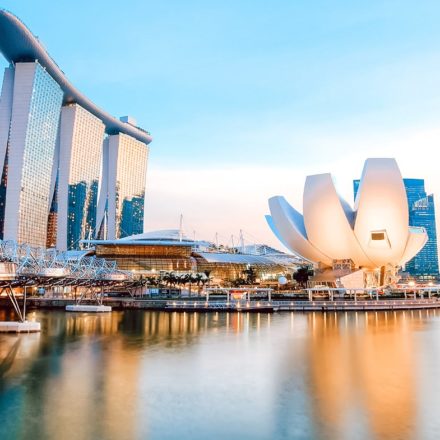Southeast Asia’s net zero transition achieved another milestone after Indonesia launched the initial phase of its mandatory carbon trading scheme covering coal-fired power plants.
Indonesia’s scheme addresses the nation’s coal dependency and aims to enhance renewable energy, in a bid to achieve 2060 net-zero targets. The world’s third-largest coal producer, Indonesia exported almost 500 million tonnes in 2022 and expects to top that in 2023.
The scheme is significant not only due to the nation’s level of coal emissions and production, but also because it is the latest major step in Southeast Asia as the region prioritises climate change policies.
As part of our Carbon Markets Series, we recently shared our insights on the growth of carbon markets in Southeast Asia (SEA) and seizing lessons from other jurisdictions.
In this post, we outline Indonesia’s efforts to decrease coal dependence through the launch of phase one of its carbon trading scheme for power plants.
Cutting dependence on coal and promoting investment
The carbon trading scheme is heavily rooted in policy decisions to decrease Indonesian coal dependence.
At the launch on Wednesday 22 February, the Ministry of Energy and Mineral Resources (The Ministry) emphasised that carbon pricing is a mechanism for increasing energy efficiency and reducing carbon dependence. Coal accounts for above 50% of Indonesia’s power generation.
The scheme’s carbon trading principles are contained in the Ministry of Environment and Forestry Regulation No 21 of 2022 on the Guidelines for the Implementation of Carbon Pricing (MOEF 21/2022). This promotes carbon trading as a market-based mechanism for the reduction of emissions through the purchase and sale of carbon units.
“Carbon pricing is one of the policies that could increase energy efficiency, reduce dependence on carbon energy, imported energy and can be a source of income for the company and government.” Arifin Tasrif, Minister for Energy & Mineral Resources, Indonesia, speaking at the launch
What you need to know about the Carbon Trading Scheme
- Phase one sets an emissions quota
Indonesia’s carbon trading scheme requires power plants with emissions above an “emissions quota” to purchase carbon credits from plants with emissions below the quota.
The quota is set at 20 million tonnes of CO2. Indonesian officials have estimated the power plants covered by the scheme emit around half a million tonnes above that quota, requiring the purchase of equivalent carbon credits.
- The scheme will initially cover 99 coal-fired plants
Phase one of the carbon trading scheme applies to all Indonesian power plants with a minimum capacity of 100MW. Currently, this covers 99 individual power plants that are connected to the state-owned power grids (Perusahaan Listrik Negara or PLN). Overall, the plants subjected to the new regime account for a total installed capacity of 33.6 GW.
- Carbon credits have a wide price range
The Ministry currently places carbon credit prices in a large range of between $2-$18 per tonne of coal.
- The broader scheme could cut 36 million tonnes of CO2 by 2030
At the launch of phase one, Energy Minister Arifin Tasrif noted the program could reduce carbon emissions by 36 million tonnes by 2030.
This aligns with policy objectives, under targets established in 2022 by The Ministry. These targets include a reduction in carbon emissions by 2030 of 31.89% through domestic efforts and 43.2% with international assistance.
This fits into the broader development of carbon markets within Southeast Asia and globally. Under the 2015 Paris agreement, Indonesia pledged to reduce carbon emissions by 29% through domestic measures and 41% with global aid.
Next Steps: broader coverage and a carbon exchange
Although ambiguity surrounds the exact timing, The Ministry is now looking at:
- Establishing a set price of carbon credits through the utilisation of market mechanisms
- Rolling out the carbon trading scheme to smaller-scale coal plants, other fossil-fuelled plants, and plants not connected to the PLN grid
- Implementing a carbon exchange
- Establishing agencies to monitor and verify the emission volumes of relevant power plants, and
- Implementing a tax scheme for carbon emissions that are not offset by carbon credits.
We are watching developments in this space. Subscribe to Pulse below and our climate insights here.











